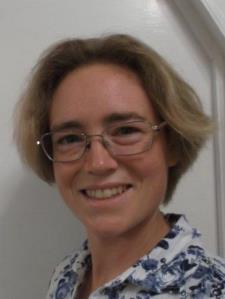Gabija L. answered • 08/13/22
Experienced tutor | BioIogy, EngIish/writing, and Spanish
ATP, otherwise known as adenosine triphosphate, is the main source of energy for cells. ATP has a backbone that consists of an adenine molecule (a nitrogenous base) and a ribose sugar, which is attached to three phosphate groups. When the bond is broken on the phosphate group at the end of the molecule, it releases energy. This energy is used to do various cellular processes. Once this occurs, it is known as adenosine diphosphate (or ADP) as it has lost one of its phosphate groups. ATP is created primarily through converting glucose through a series of chemical reactions. Glucose undergoes glycolysis (glyco meaning sugar and lysis meaning breakdown), the tricarboxylic acid cycle (or TCA/Krebs cycle), and finally oxidative phosphorylation to create a total of 32 molecules of ATP. If you want to go over any of these processes in more detail, feel free to sign up for a session with me.








